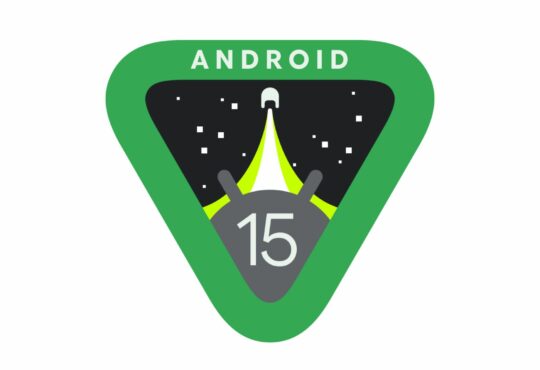With the rapid digitalization in the automotive industry, the lines between car companies and tech companies are starting to blur. This is illustrated well by the success of companies like Tesla. It´s also showing in more troubling areas, like how the semiconductor shortage is affecting auto manufacturers. A new car is more or less a big tech device and this is where Android Automotive enters the picture.
By now most new cars come with an infotainment system and it´s no longer just for GPS and music. You are going to see fewer buttons on your dashboard and a bigger screen with more functions. Like with other tech devices it needs to be tied together by an operating system and Android is now looking to grab a corner of that market.
Android Automotive – A lot more than screen mirroring
While it´s been possible for a long time to mirror your smartphone screen with various apps it´s important to note that this is something completely different. You don´t need to wait for your Bluetooth to connect or even have your phone in the car.
Android has made deals directly with the car manufacturers and the cars are delivered with Android Automotive as the standard OS. Honda recently announced that they will start using Android Automotive in 2022, they will join Polestar as well as Volvo who are already using it.
As previously mentioned the OS does a lot more than just play music. It´s connected to the car’s temperature, the air conditioning and you can even control small things like the heating in the steering wheel. Oh, and the Google assistant lets you do it all by voice command. Basically, it´s like having a Google Home console for your car.
You can tell the car you´re too cold and it will lower the temperature for you. Ask for the closest charging station and the Android assistant is going to show it on the map as well as offer to start navigating towards it. Another neat thing is just regular Googling, driving by something you do not recognize? Ask google about it.
Customize your app selection
Like any other Android device, you will have access to the Google play store and be able to customize your app selection. However, in order to be available, apps need to be specifically approved for Android Automotive. This is both good and bad. Currently, there aren´t that many apps to choose from but in the long run, you will end up with apps adapted for safe driving.
While the big players in the automotive industry have been wary of letting the big tech companies get close to the data provided by their cars it seems this is starting to change. Developing a smooth OS is costly and Android has a big headstart. The more things tied into it the more it will affect what car the customer ends up buying and a company with a bad OS could lose customers.
Will Android Automotive be used on rugged devices?
These are obviously just speculations so far but it is a real possibility. Rugged tablets are often mounted in vehicles that need to operate under harsh conditions and they are in many cases already running on Android. Why not outfit them with an operating system that can help control the rest of the vehicle too?
A driver that can tell the truck to route to a location or change the temperature, without having to take his eyes off the road would definitely be in fewer accidents. It could help increase productivity as well. Adding voice control to checklists or asking the car where to drop of the next package, there certainly are a lot of possibilities.
In the future, we might see some interesting co-operations. Perhaps the hearth of a giant haul truck could be a rugged computer running on Android Automotive.





